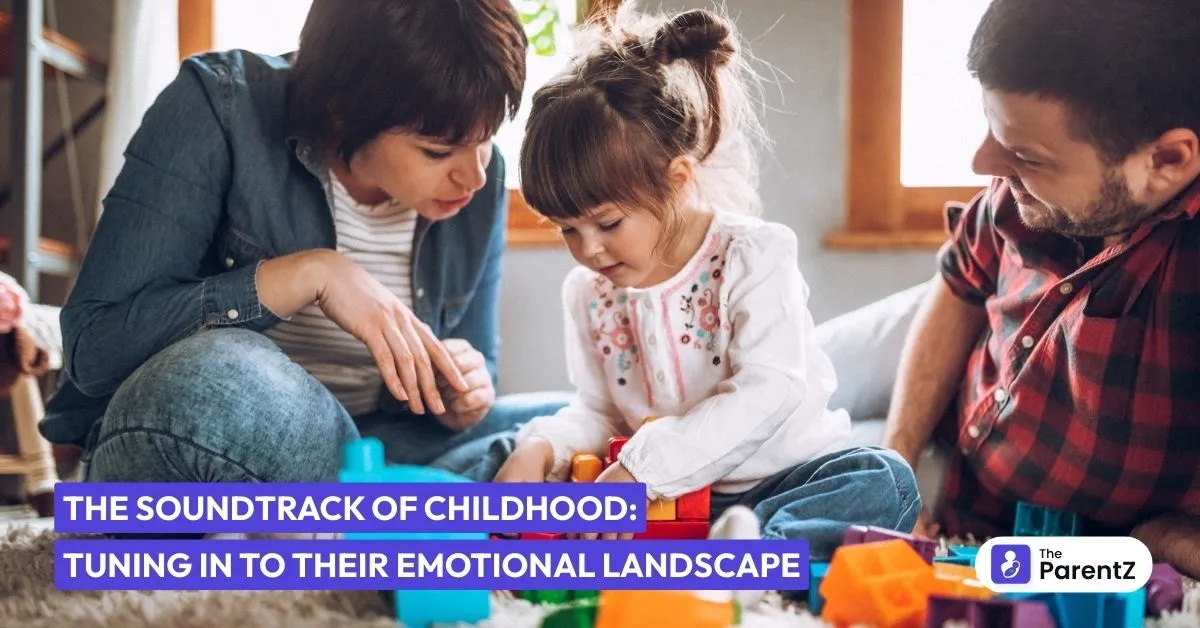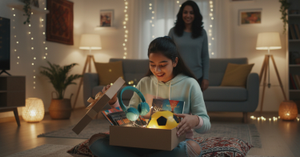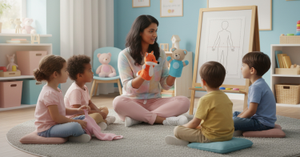Perhaps you have heard the quiet hum of concentration, the shriek of frustration over a lost crayon, the giggle that bursts without warning. Childhood is a soundtrack — not one of polished instruments and perfect pitch, but a symphony of emotions, raw and unfiltered.
Tuning in to your child’s emotional landscape is less about decoding every mood swing and more about becoming present to their ever-changing rhythm.
Read this article to explore how you can tune into the soundtrack of your little one’s childhood and be a part of their emotional landscape.
Emotions Aren’t Always Loud
Children don’t always come to you and say, “I’m overwhelmed by that noisy party,” or “I feel left out at school.” Instead, they might throw their backpack across the room. Or go unusually quiet. Or beg for yet another snack five minutes after dinner.
These moments aren’t random noise — they’re part of the soundtrack. If you lean in closely, you’ll realize: the tantrum over mismatched socks isn’t about the socks. It’s about not being able to control something bigger.
Tuning in means asking, what’s beneath this moment? What feeling is trying to be heard?
Learning Their Tempo
Every child has a unique rhythm. Some wear their hearts on their sleeves — their anger, joy, and sorrow playing like a full-volume stereo. Others are subtle, like a soft violin whispering in the background.
It’s easy to miss the cues when you’re rushing — from breakfast to school to bedtime. But when you slow down, you’ll hear it: the pause before a tear. The smile that doesn’t quite reach their eyes. The shift in tone when they say “I’m fine” — but aren’t.
This kind of listening isn’t just with your ears. It’s with your presence.
You’re Not There to Fix Every Note
One of the hardest things to accept is this: you can’t protect your child from every difficult emotion. Nor should you. Sadness, disappointment, anger — they’re all part of the emotional range that helps kids grow. They teach empathy, resilience, and self-awareness.
But you can sit beside them in the hard moments. You can validate what they feel, even when it makes no sense to you. You can say, “That sounds really tough,” instead of, “Don’t cry, you’re fine.” Because in that validation, they learn it’s safe to feel — and safe to talk.
Your Role in the Symphony
Maybe you grew up being told to toughen up or stop crying. If so, listening to your child’s emotions — and allowing space for them — might feel foreign. But by doing this, you’re breaking cycles. You’re changing the music.
You’re raising a child who can recognize their emotions, not be ruled by them. Who can name what they feel instead of stuffing it down. Who can connect with others from a place of emotional literacy.
Conclusion
Childhood can sometimes be chaotic. But if you listen closely — through the noise, the silence, the laughter, and the tears — you’ll hear your child telling you who they are, what they need, and how deeply they long to be understood.









Be the first one to comment on this story.